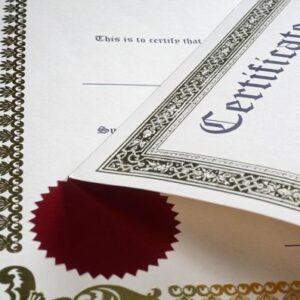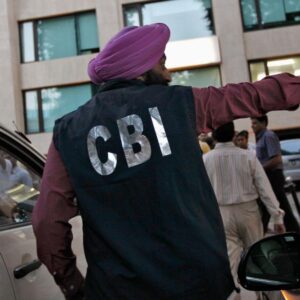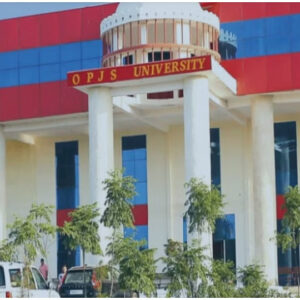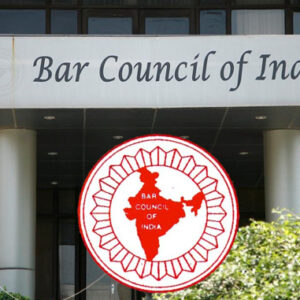In today’s competitive world, educational qualifications often open the first door to career opportunities. But with this pressure comes a dark reality — a rising black market of backdated degrees, forged verifications, and bogus attestations. While these may offer a shortcut, they create a trap that unravels the moment a real verification takes place — whether by government authorities, embassies, or trusted investigative bodies like Education Fraud Check.
Let’s explore how fake documents can go undetected for years… until they don’t.
The Case of Mandeep Kaur: A Story of Layers of Fraud
Applicant Name: Mandeep Kaur
College Name: CALORX TEACHERS’ UNIVERSITY
University (Now): Sabarmati University (Formerly Calorx Teachers’ University)
Course: BACHELOR OF ARTS
Year of Graduation: 2012
Roll Number: 770931112125
Mandeep Kaur’s story is just one example of how fake feeds into fake — creating a façade of legitimacy that fools employers, credential evaluators, and even international bodies, until it faces the scrutiny of genuine verification.
Mandeep allegedly acquired a backdated degree from Calorx Teachers’ University — an institution already under scrutiny for irregularities in documentation during its transition to Sabarmati University. She then approached a Mumbai-based private verification company, which in turn “verified” the degree using a forged university seal. The stamp looked real. The document passed casual scrutiny. But the truth? No actual verification with the university was done.
The result? A fake degree, faked verification, and a seal of approval that meant nothing — until someone decided to look deeper.
HRD Attestation: A Misunderstood Stamp
Many degree-selling agents use a clever trick to add weight to their fake degrees: HRD attestation. They convince applicants that once a degree is HRD-attested, it’s “verified.” But here’s the catch — HRD attestation is NOT verification.
The HRD department does not verify authenticity. It merely attests to the fact that the document exists, without cross-checking if the degree was genuinely issued. So yes — even a fake degree can be HRD-attested.
This loophole is exploited by thousands every year — and most only realize the risk when their documents are flagged during a genuine background check.
Why Fake Degrees Fail in the End
Here’s the truth:
Fake seals can fool casual checks, but not digital audits or official responses.
Bogus verification companies are eventually exposed when real verification is conducted.
Government authorities, embassies, and compliance firms now work with agencies like Education Fraud Check, which specialize in uncovering such frauds.
When real verification meets fake documentation, the entire web collapses — often resulting in visa rejections, employment bans, legal action, and public blacklisting.
Don’t Get Caught in the Fake Loop
A few takeaways for every job seeker and student:
Never buy a backdated degree — the short-term gain is never worth the long-term risk.
Do not rely on private “verification which provide University Stamp Verification” unless the process is transparent and university-authenticated.
Understand what HRD attestation really means — it’s not verification.
Always cross-check university seals, formats, and contact points.
Work with genuine verification partners like Education Fraud Check, who audit from the source — not just on paper.
Conclusion
Mandeep Kaur’s case is just one of many. Fake degrees survive until they meet real verification — and when that moment comes, no stamp, no story, and no excuse can save the applicant from the consequences.
Choose transparency. Choose legitimacy. Because when fake meets fake, it survives — but when fake meets real, the truth always wins.












